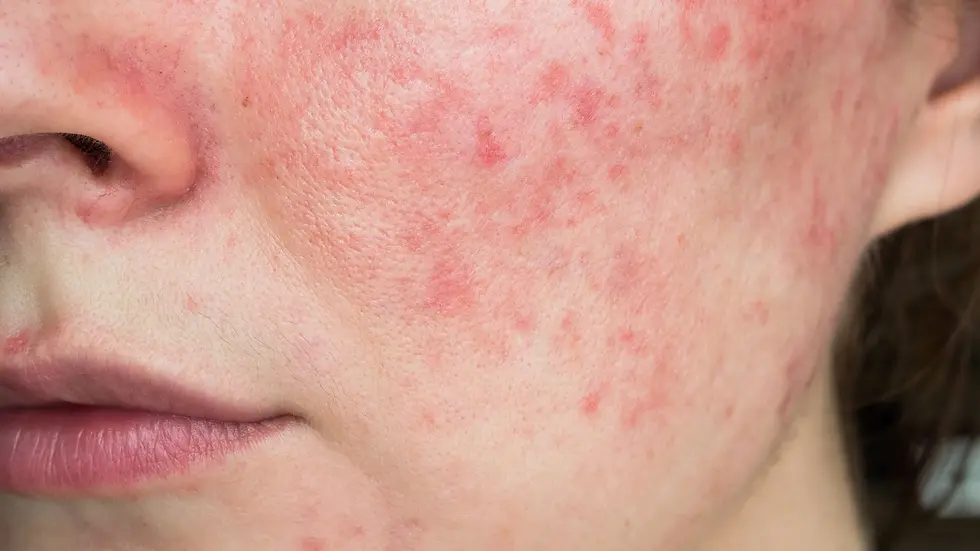How to prevent and treat hyperpigmentation?
- marketing21980
- Nov 1, 2023
- 2 min read
Hyperpigmentation is a condition characterized by an excessive production of melanin, the pigment responsible for skin coloration. This can result in the formation of dark spots or patches on the skin that appear darker than the surrounding areas.

Hyperpigmentation can stem from various factors, encompassing exposure to sunlight, hormonal fluctuations, inflammatory conditions, and skin damage like acne or injuries. Additionally, certain medications or cosmetic procedures can induce this condition.
There are distinct forms of hyperpigmentation, including:
Post-Inflammatory Hyperpigmentation (PIH): PIH often develops in response to skin trauma or inflammation, typically following acne outbreaks, insect bites, or other irritations.
Melasma: Melasma is frequently triggered by hormonal shifts, such as during pregnancy or while using hormonal contraceptives, often manifesting as dark spots on the face.
Sun Damage: Sun damage is a consequence of prolonged exposure to UV rays from the sun and can lead to the formation of dark spots and age spots on the skin.
It is crucial to identify the underlying cause of your hyperpigmentation to tailor an optimized treatment plan accordingly.
Treating hyperpigmentation can involve various approaches, contingent on the condition's cause and severity. Here are some methods that can be effective:
Utilize a broad-spectrum sunscreen with an SPF of at least 30.
Shield your skin with protective clothing or headgear to minimize sun exposure.
Avoid direct sunlight during peak hours, typically from 10:00 to 16:00.
For some individuals, discontinuing specific medications may help prevent hyperpigmentation.
Apply sunscreen daily, even on overcast days, and reapply it multiple times throughout the day.
Please note that sunscreens in powder form are not a comprehensive substitute, as their effectiveness can be compromised by weather conditions, wind, and contact with hands, among other factors.
Maintaining avoidance of inflammation is crucial, not only from sun exposure but also from skincare products. This precaution holds particular significance for individuals with darker skin tones, as they may face an increased risk of post-inflammatory hyperpigmentation.
Should you experience dryness, irritation, or redness from your treatment, it's imperative to address these issues promptly. Consider taking a one-day break or reducing the use of certain active products, focusing instead on applying moisturizing serums/creams and sunscreen.
What are the treatment options for hyperpigmentation?
Consider consulting with your aesthetic therapist for personalized guidance regarding your hyperpigmentation. To effectively address this concern, look for skincare products with a range of active ingredients that can influence the skin's pigment-producing cells both directly and indirectly. It's beneficial to choose products that contain components capable of lightening the skin, reducing inflammation, and neutralizing free radicals. Here are some key ingredients to seek out; the more, the better:
Tranexamic acid
Azelaic acid
Kojic acid
Pydrograpic acid
Vitamin C
Arbutin
Retinol (Vitamin A)
These ingredients collectively contribute to managing hyperpigmentation and improving your skin's appearance.




Comments